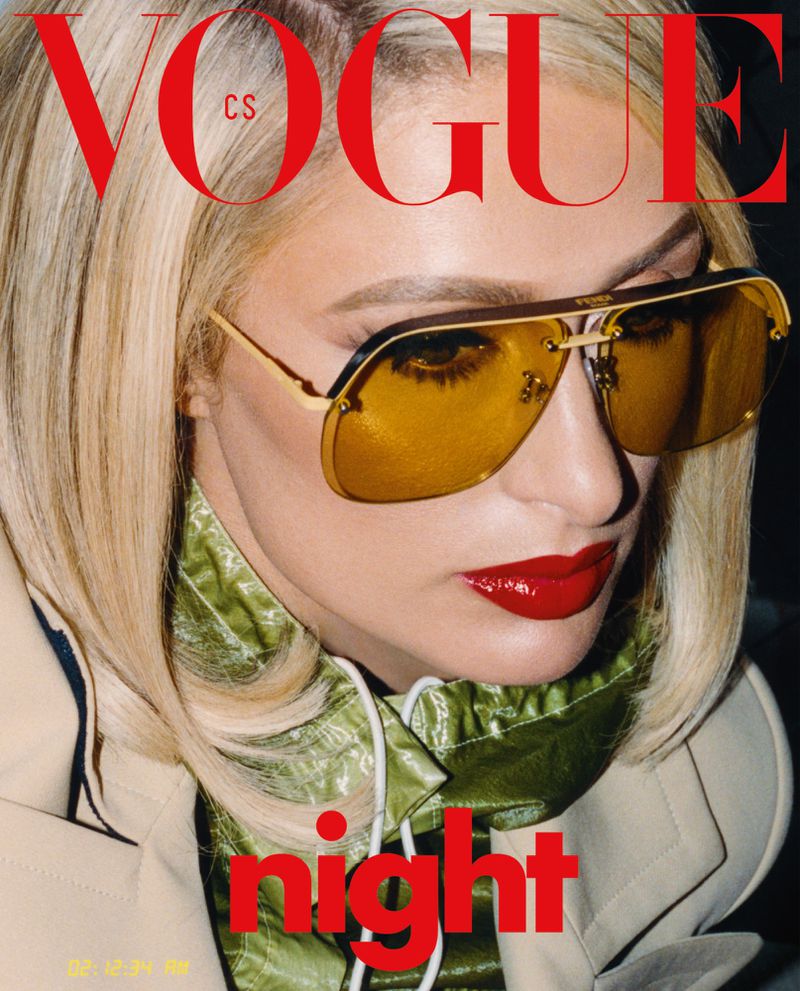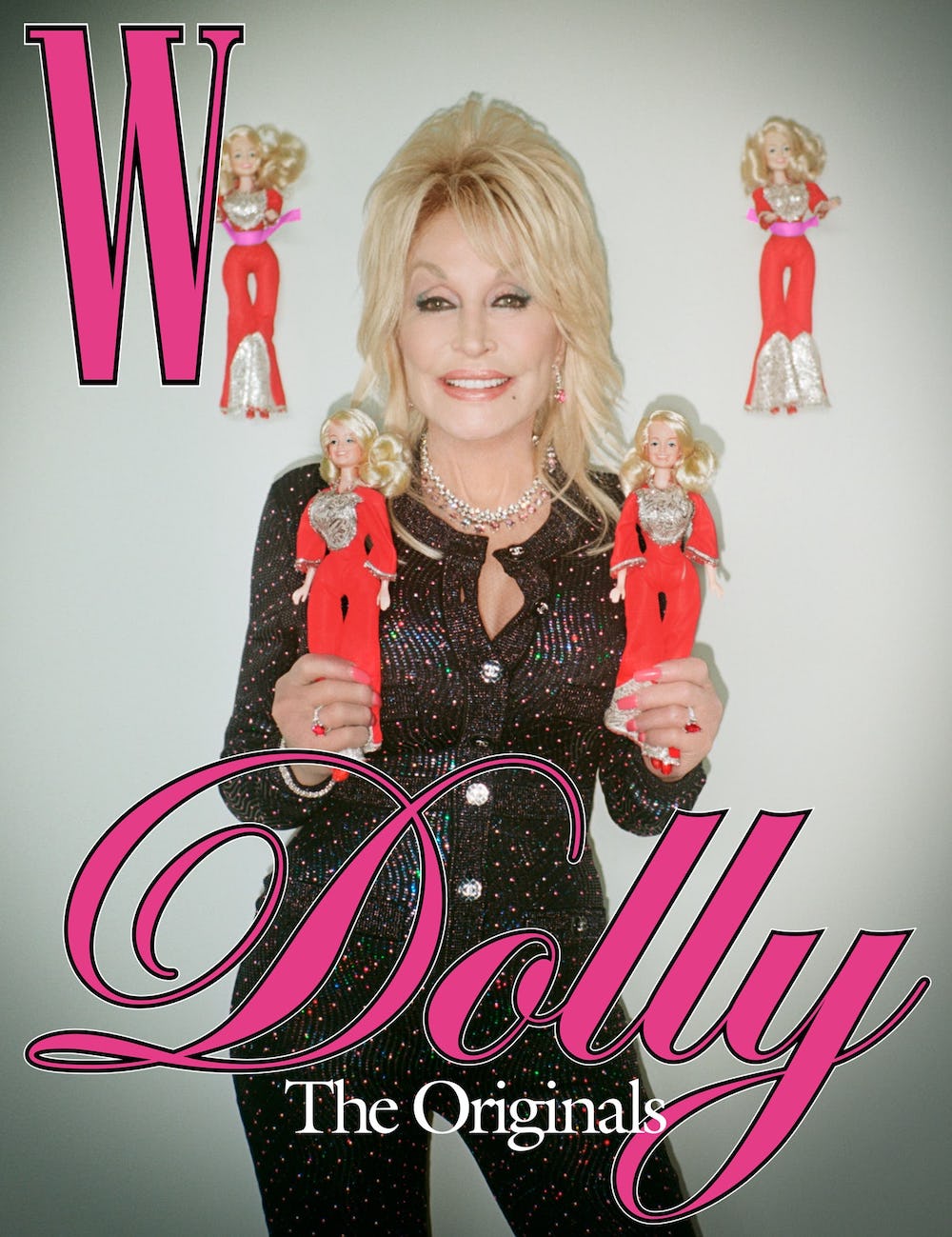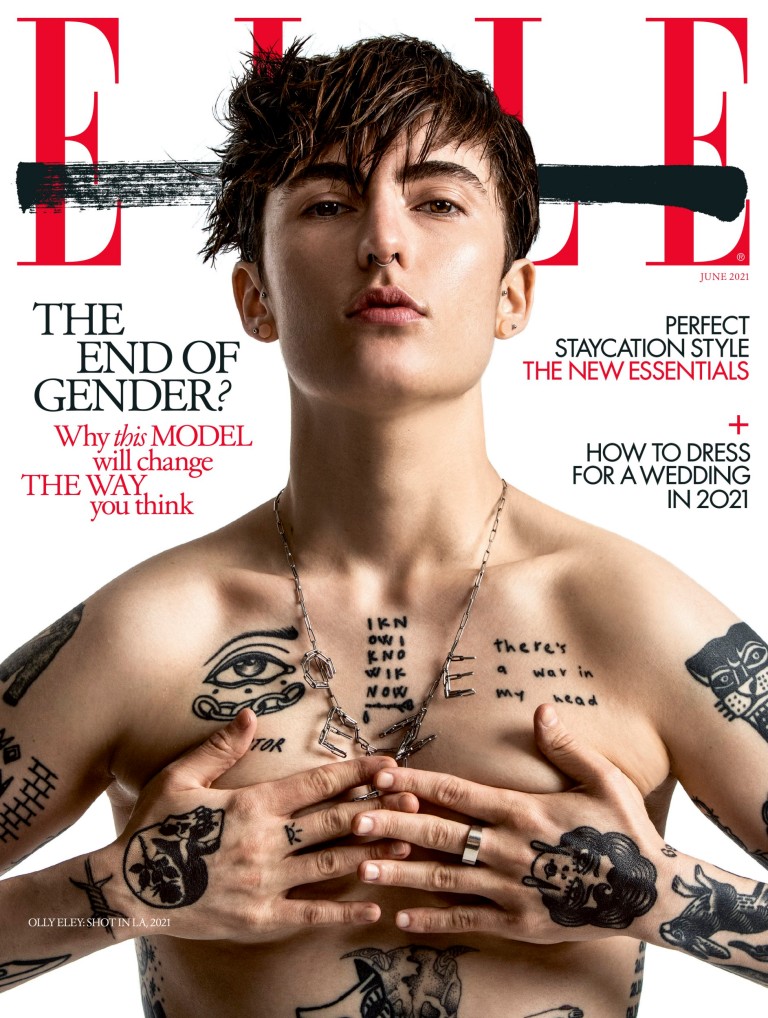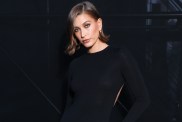When it comes to diversity, fashion notoriously lags behind other industries. But with the fight for racial justice taking center stage last year, things finally started to change in 2020. Thankfully, that change continued this year. At least when it came to 2021 magazine covers. We’ll certainly take it.
We saw a small uptick in racial diversity on 2021 magazine covers. While not as large of an increase as compared to 2019 and 2020, things are still trending in the right direction. There was more size and gender diversity on covers this year, too. Although age representation took a nosedive. (There’s a logical reason behind the plunge, but more on that later.)
Of course, the ongoing pandemic continues to pose challenges. But classic photoshoots made a comeback in 2021 after many fashion publications had to forgo them in 2020. Sadly, some fashion magazines weren’t able to weather the storm. American Marie Claire, for example, went strictly digital. So as a result of everything that happened this year, there were less cover appearances for models than last year.
Read on to learn how the 2021 magazine covers fared on the diversity front across all categories.
RACE

We examined 685 cover appearances across 48 major magazine titles and found a small spike in representation. This year saw 52.9 percent models of color compared to last year’s 48.8 percent. That’s an uptick of a little over four points.

This increase was smaller than the one that happened between 2019 and 2020, when there was close to a 12-point surge in models of color. Still, this year’s covers were the most diverse on record. Which is a definite win. Especially since we finally pushed past the 50 percent mark.
MOST AND LEAST DIVERSE

Vogue India, a familiar face in the most diverse category, cast 100 percent models of color (17 out of 17). Marie Claire U.S. also had 100 percent diversity with three out of three models of color before the print magazine folded. Vogue Taiwan, which previously cast 100 percent models of color for six straight years, was down this year with 91 percent models of color (10 out of 11).
Dazed had 90 percent models of color (9 out of 10), followed by Vogue Arabia at 89 percent (17 out of 19) and Vogue Singapore at 86 percent (six out of seven). Interview at 83 percent (five out of six), Allure at 82 percent (9 out of 11) and Vogue China at 80 percent (12 out of 15) round out the list.

When it came to the least diverse magazines of 2021, several international editions of Vogue topped this less-than-desirable list. Vogue Czechoslovakia was the least diverse of the bunch with a disappointing 0 percent (0 out of 14). Followed by Vogue Turkey at 10 percent (1 out of 10), Vogue Greece at 18 percent (2 out of 11) and Vogue Portugal at 19 percent (4 out of 21).
PLUS-SIZE

Plus-size model appearances also got a small boost coming in at 24 or 3.50 percent of total cover appearances. This was an increase from 2020 which saw 21 castings at 2.66 percent. It was the most plus-size model appearances since we started keeping track. Also of note, 16 of the aforementioned 24 plus-size appearances went to models of color.

Precious Lee landed six covers: Harper’s Bazaar U.S., i-D, Vogue Brazil, British Vogue, American Vogue and Vogue Arabia. Jill Kortleve graced the covers of four international Vogue editions (Spain, Russia, Hong Kong and Italia), while Paloma Elsesser landed three Vogue covers (Spain, U.S. and Poland).

AGE

Women over 50 were down from 2020’s record, which was due in large part to the 100 covers Vogue Italia produced for its September issue last year. Those covers featured a variety of over-50 women making 2020 an exceptionally age-diverse year.
In 2021, there were 47 aged model appearances or 6.86 percent. While this was a decrease from last year, it’s still higher than previous years. (Like 2019 and 2018 when there were only 41.) Everyone from makeup artist Pat McGrath to fashion designer Anna Sui to iconic supermodels Cindy Crawford, Naomi Campbell and Iman earned covers this year.
Campbell appeared on three covers: i-D, Interview and V Magazine. Jennifer Lopez and Salma Hayek also each scored three covers this year. They both nabbed separate covers of ELLE U.S. and InStyle, while Lopez also appeared on Allure and Hayek graced Vogue India.

Viola Davis, Halle Berry, Rita Moreno, Dolly Parton and Madonna each nabbed individual covers. And after the November 2020 election, both Kamala Harris and Dr. Jill Biden appeared on separate covers of American Vogue.
TRANSGENDER/NON-BINARY

Gender diversity saw a tiny bump this year. In 2020 there were 12 cover appearances for a total of 1.52 percent, while 2021 saw 13 cover appearances for a total of 1.90 percent. While this increase was almost imperceptible, it was the most cover appearances in this category since we started keeping track. Plus, 11 out of the 13 appearances in this category were models of color.

Indya Moore led the way with two covers: Dazed and V Magazine. Vogue Thailand, meanwhile, featured three transgender models — Blossom, MJ and Sunshine — on its June 2021 cover to celebrate Pride Month.
TOP MODELS

Hailey Bieber, Kendall Jenner and Precious Lee tied for the top spot, each landing six cover appearances. Bieber covered V Magazine, Vogue Brazil, Vogue Paris, ELLE U.S., CR Fashion Book and Harper’s Bazaar U.S., while Jenner popped up on V Magazine, ELLE U.S. and Vogue’s China, Spain, Germany and Hong Kong editions. Lee appeared on the covers of Harper’s Bazaar U.S., i-D, Vogue Brazil, British Vogue, American Vogue and Vogue Arabia.

Adut Akech, Anya Taylor-Joy, Awkwafina, Billie Eilish, Mica Argañaraz, Mona Tougaard and Zendaya all had strong showings landing five covers apiece.
Out of the top 10 cover models of 2021, six were women of color with one also being plus-size. As per usual, age and gender diversity were absent from the top model rankings.
LOOKING FORWARD
In 2020, we were nervous there would be a steep decline in diversity in 2021 and that last year was just a fluke due to current events. Although the gains were smaller this year, we’re pleased there was still an increase in diversity and not a drop-off like we expected when it came to the 2021 magazine covers. In fact, for the first time since we’ve been keeping track, more than 50 percent of cover appearances went to models of color.
While size and gender numbers were higher than in previous years, they’re still pretty meager. What’s more, the number of women over 50 who appeared on magazine covers disappointingly declined between 2020 and 2021.
In 2022, we hope the overall upward trend of diversity continues. We’d like to see even more racial diversity on magazine covers next year (can we hit 60 percent or even 70 percent?). Not to mention more significant diversity gains across size, gender and age. Let’s sustain this forward momentum and make lasting progress.
With additional reporting by Mark E.
For the purpose of this report, “model” is anyone who appears on a cover, even if modeling is not their profession. Models of color are categorized as those who are nonwhite or of mixed backgrounds.







